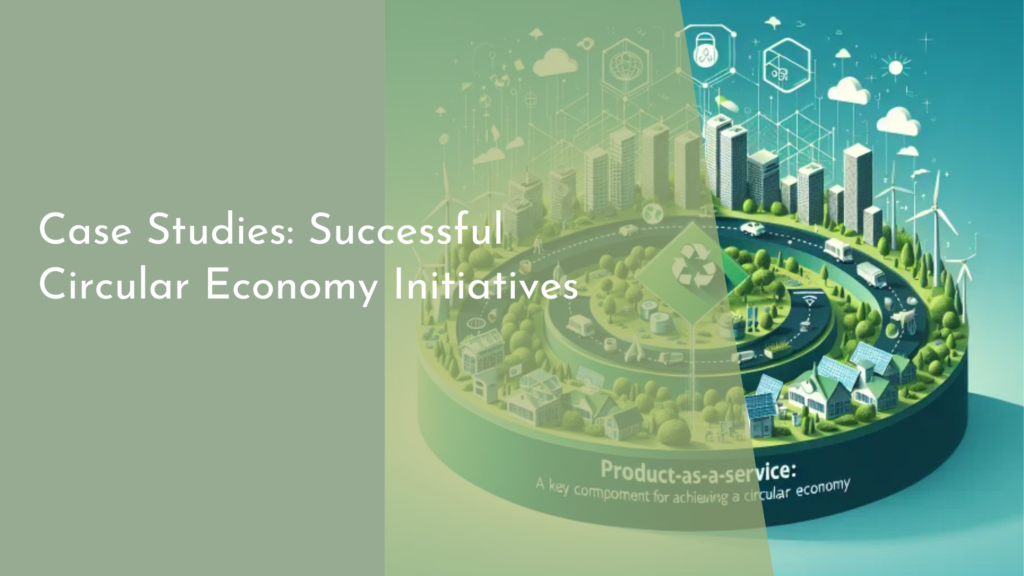The Role of Solar Reflection in Organic Pest Management
In the quest for sustainable agriculture and organic pest management, innovative strategies are continuously being explored. One such strategy that has piqued the interest of gardeners and farmers alike is the role of solar reflection. This fascinating phenomenon not only benefits plant growth but also plays a crucial part in deterring pests naturally. As we delve into the science of solar reflection and its impact on organic pest control, you’ll discover that employing nature’s light can lead to healthier plants and a pest-free garden.
Understanding Solar Reflection and Its Benefits for Plants
Solar reflection refers to the ability of certain surfaces to bounce back sunlight, contributing to the light spectrum available in a garden or field. By utilizing reflective materials such as aluminum foil, white plastic, or specialized reflective mulch, gardeners can enhance the amount of light that reaches their plants. This increase in light exposure can lead to improved photosynthesis, resulting in stronger, healthier plants that are more resilient to pests and diseases.
Moreover, solar reflection aids in temperature regulation. In cooler climates or during the early spring, reflective surfaces can help absorb sunlight and warm the surrounding soil, promoting earlier seed germination and growth. Conversely, in hotter climates, reflective materials can help keep the soil temperature down, reducing stress on plants during peak heat. The dual benefits of enhanced light exposure and temperature regulation highlight the importance of solar reflection in nurturing a thriving ecosystem in your garden.
How Solar Reflection Detours Pests from Your Garden
The use of solar reflection doesn’t just benefit plant health; it also acts as a natural deterrent for various pests. Many insects are sensitive to light intensity and can be confused or repelled by unexpected reflections. When reflective materials are strategically placed in the garden, they can create a dazzling light show that disorients pests, making it challenging for them to locate their favorite plants.
Additionally, reflective surfaces can mask the visual signals that attract certain pests. For instance, shiny materials can disrupt the visual cues that insects rely on to find plants to feed on, effectively steering them away from your garden. This clever use of light not only helps in minimizing pest populations but also aligns seamlessly with the principles of organic farming, promoting a balanced ecosystem without the need for harsh chemicals.
Innovative Techniques for Maximizing Solar Reflection
To optimize solar reflection in your garden, there are several innovative techniques you can adopt. One effective approach involves using reflective mulches, which are designed specifically to enhance light availability while suppressing weeds. These mulches come in various colors and materials, each with its unique reflective qualities. For example, silver reflective mulch has been found to be particularly effective in repelling aphids and other pests while boosting plant growth through increased light reflection.
Another exciting technique is the use of vertical reflectors. By strategically placing mirrors or reflective panels around your garden, you can increase the overall light exposure for your plants. These vertical reflectors can direct sunlight to shaded areas, ensuring that every part of your garden receives an adequate amount of light. This not only promotes healthy growth but also enhances the aesthetic appeal of your garden, making it a cheerful place to spend your time.
Embracing Nature’s Light: A Cheerful Approach to Pest Control
Embracing solar reflection in pest management is not just about practicality; it’s also a way to foster a positive relationship with nature. By utilizing the sun’s rays and understanding the behavior of pests, gardeners can create a harmonious environment where plants thrive without the need for synthetic chemicals. This cheerful and eco-friendly approach not only benefits the garden but also promotes a healthier ecosystem in the broader environment.
Incorporating solar reflection techniques into your gardening routine can transform your space into a lively, vibrant haven. As you watch your plants flourish and pests retreat, you’ll find joy in knowing that you’re employing a method that respects nature’s balance. So, grab those reflective materials and let the sun do its magic—your garden will thank you with abundant growth and fewer pests!
In conclusion, solar reflection is a powerful ally in the world of organic pest management. By understanding its benefits for plants, employing innovative techniques, and embracing nature’s light, you can create a thriving garden ecosystem that not only flourishes but also remains largely pest-free. This cheerful approach to gardening highlights the beauty of working in harmony with nature, leading to sustainable practices that benefit both the environment and our well-being. So, let’s keep reflecting on the wonders of solar energy and continue to nurture our gardens naturally!

